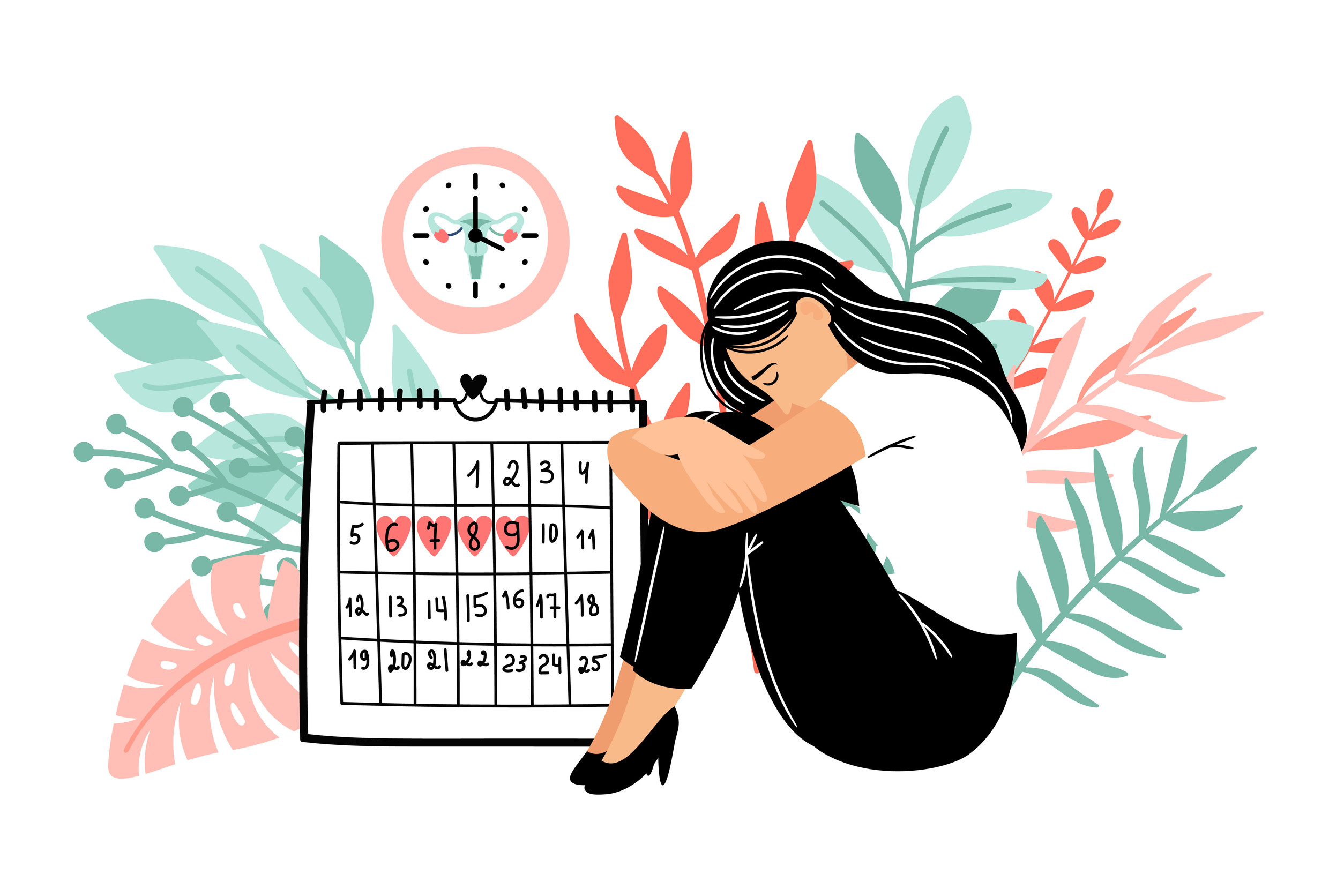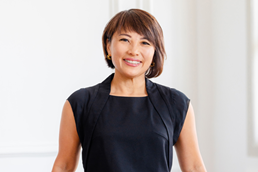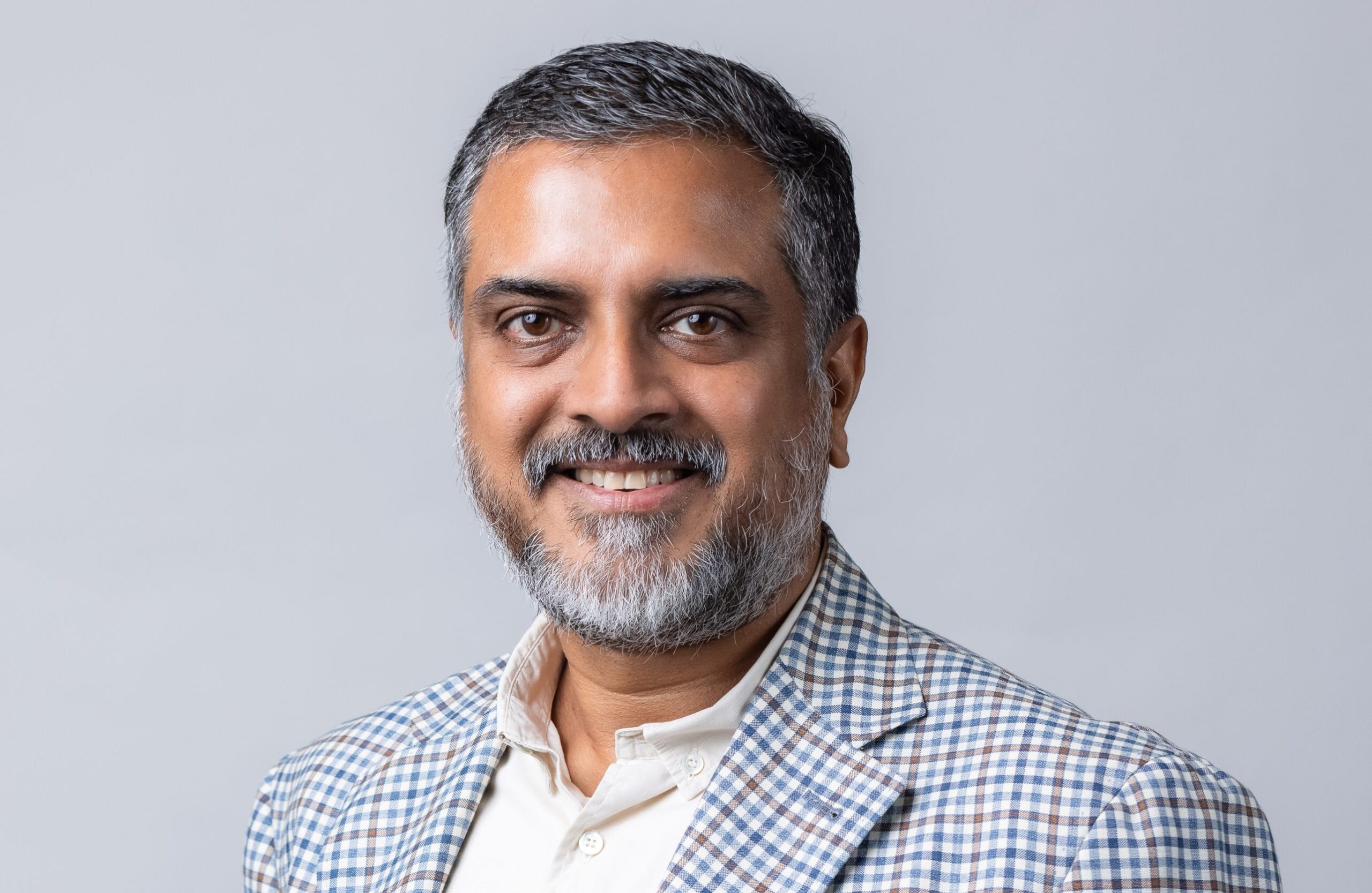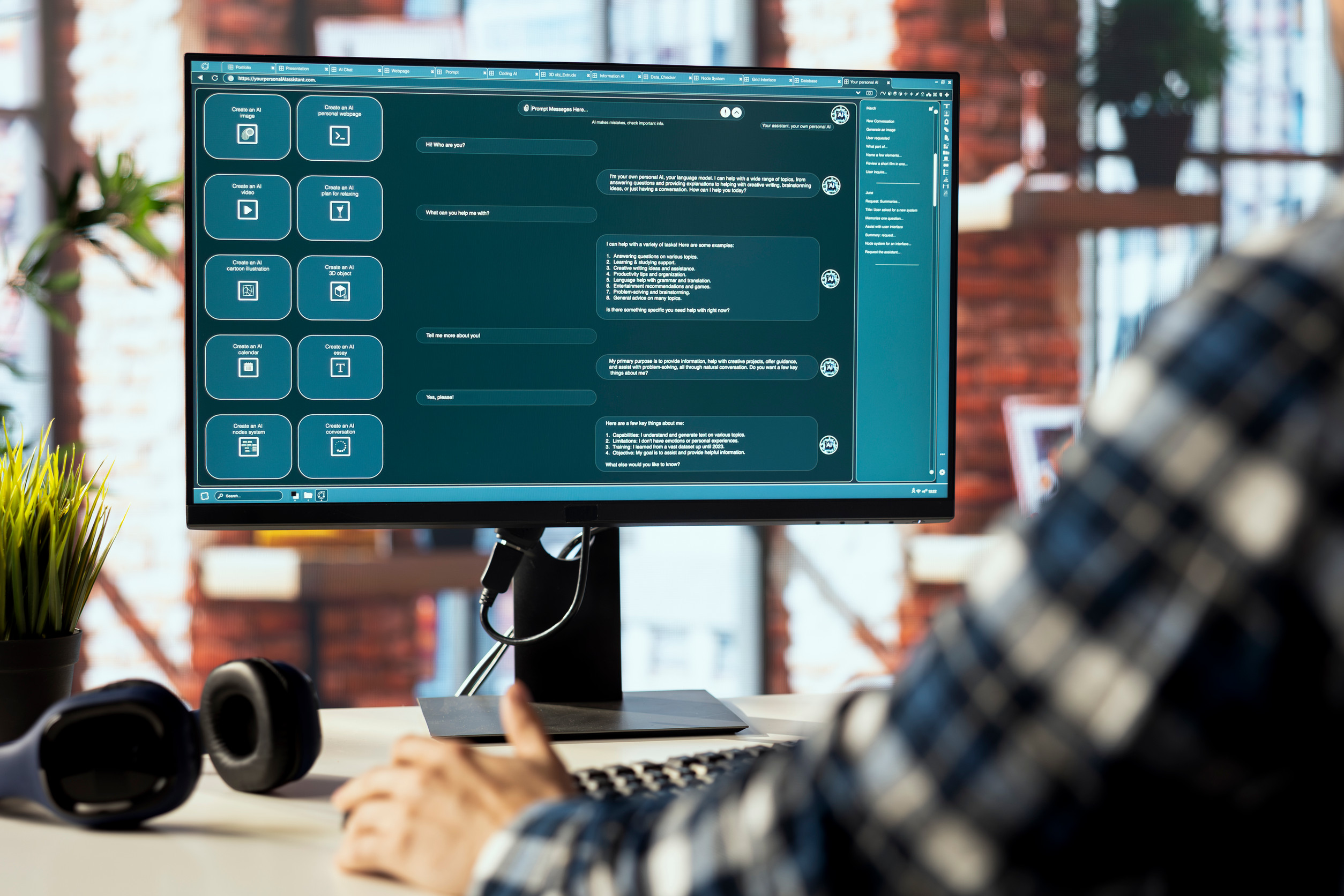The silent exodus? Is menopause costing APAC firms top female talent?
- Josephine Tan

Imagine a significant segment of your most experienced and insightful workforce navigating a natural life transition that can impact everything from their focus to their energy levels. Now imagine that this crucial experience remains largely unaddressed, even stigmatised, within your organisation.

This is the reality of menopause in many workplaces in Asia-Pacific, and according to Christina Ang, Founder and CEO of HeyVenus Integrated Healthcare, ignoring it is no longer a sustainable strategy.
The cost? A gradual drain of invaluable talent and a stifling of diverse perspectives essential for innovation. Are you ready to uncover the overlooked impact of menopause and discover how HR leaders can foster truly supportive environments?
In a region where cultural sensitivities run deep, the question becomes: how can HR leaders navigate this delicate terrain? Ang believes it is entirely possible—with the right approach.
“Start by recognising that one-size-fits-all approaches do not work,” she told HRM Asia. “A flexible approach is key in a region as culturally nuanced as Asia-Pacific.”
That means offering diverse avenues of support—private consultations, anonymous feedback tools, and optional discussion groups so employees can engage on their own terms. Neutral, inclusive language, internal champions who understand local contexts, and behind-the-scenes manager training can quietly lay the groundwork for broader change.
The data collected by HeyVenus and NUS Bia-Echo Asia Centre for Reproductive Longevity and Equality (ACRLE) at the NUS Yong Loo Lin School of Medicine (NUS Medicine) reinforces this. 61% of employees say social stigma is a barrier to openly discussing menopause at work. While 71% agree that education and awareness programmes are essential, only 36% say their employers currently provide any. Even more tellingly, 35% of female employees and nearly half of male employees feel ill-equipped to support colleagues experiencing menopause. These figures highlight a critical opportunity for HR leaders to reimagine workforce strategies, especially as women at mid-life now represent the fastest-growing demographic in the workforce.
Beyond formal policy, micro-culture shifts can often be the most transformative. Ang noted that initiatives like employee resource groups (ERGs), offering informal peer circles, or embedding menopause awareness into broader wellbeing or leadership development programmes can help avoid the trap of tokenism. But these actions require leadership buy-in to truly take root. “When senior leaders—both men and women—publicly acknowledged menopause as a workplace issue, not just a women’s issue, it set the tone for open and inclusive discussions,” she explained.
She recalled a moment that left a lasting impression. A male senior leader once shared during a company town hall: “I’ve seen firsthand how menopause affects productivity and confidence. My wife struggled with sleepless nights, brain fog, and hot flashes that made daily work a challenge. It made me realise how many employees may face the same thing in silence. This is why we are committed to building a workplace where women feel supported at every stage of their careers.”
Ang believes this kind of allyship can dismantle stigma and foster psychological safety, where employees feel truly seen and heard.
A sustainable and evolving HR action plan
When asked how HR leaders can ensure menopause strategies are sustainable and not reduced to ‘tick-box’ exercises, Ang is emphatic. Success lies in continuous listening and iteration. She recommended setting regular checkpoints, such as annual health and wellbeing audits, to gather insights and course-correct where needed.
“The action plan must be rooted in ongoing employee listening, data review, and feedback loops,” she said. Training, she added, should never be a one-time effort. Instead, it should evolve in tandem with changing workforce needs. Retention rates, absenteeism, and engagement metrics among mid-career women can be helpful indicators of progress.
Ang also underscored the importance of viewing menopause not as a standalone initiative, but as an integrated part of an organisation’s wider people and wellbeing strategy. “There is no one-size-fits-all solution,” she reiterated. “A balanced, practical approach tailored to company culture, workforce demographics, and policy maturity is key to sustainable implementation.”
She pointed out that employers need not do it alone. Strategic partnerships can significantly widen the scope and impact of internal initiatives. Collaborations with local clinics, virtual care platforms, and women’s health HGOs not only offer employees access to trusted resources but also signal organisational commitment to a broader support ecosystem.
“Joint awareness campaigns, health talks, and subsidised services increase reach and credibility,” Ang explained. These collaborations can also drive system-level changes, especially when employers participate in policy roundtables or align with national health initiatives.
Additionally, Adjunct Assistant Professor Huang Zhongwei, Deputy Director of ACRLE at NUS Medicine, emphasised the importance of reliable healthcare access.
“Despite most women surveyed in the whitepaper experiencing at least two menopause symptoms that significantly affected their professional and overall quality of life, close to 50% of women, many at the peak of their careers, have not sought professional healthcare advice for their symptoms. Instead, they rely on the internet or family members for information,” he said.
“By working closely with healthcare providers to ensure employees have access to reliable and accurate menopause-specific advice, care and support, HR leaders can help women employees continue thriving at work and maintain their general health, as they go through this critical phase of life. Misinformation or delayed medical intervention can also lead to untreated symptoms, affecting physical health, mental wellbeing, and career longevity.”
To galvanise action and shape the future of menopause support, HeyVenus and NUS Bia-Echo ACRLE are forming a cross-sector menopause and menstruation taskforce. Their aim is to mobilise key business leaders across healthcare, private, NGOs and public sectors to become agents of change by committing to improving support systems for women at the workplace and helping organisations become more menopause- and menstruation-friendly.
As we wrapped up the interview, Ang offered one bold challenge to HR leaders across Asia-Pacific: stop treating menopause as merely a women’s health issue. “Treat menopause as a leadership issue and part of the broader wellbeing priority,” she said. Reframing menopause in terms of talent retention, leadership development, and workforce sustainability signals a strategic shift from accommodation to investment.
“Our paper clearly shows that 80% of women expressed a desire for access to menopause peer support groups, and 90% of people managers indicated their willingness to join such groups to provide support,” she concluded. “Organisations that do not support menopausal employees risk losing valuable talent, increasing absenteeism, and reducing productivity. Addressing menopause in the workplace can enhance employee retention, strengthen leadership, and improve overall organisational resilience.”






